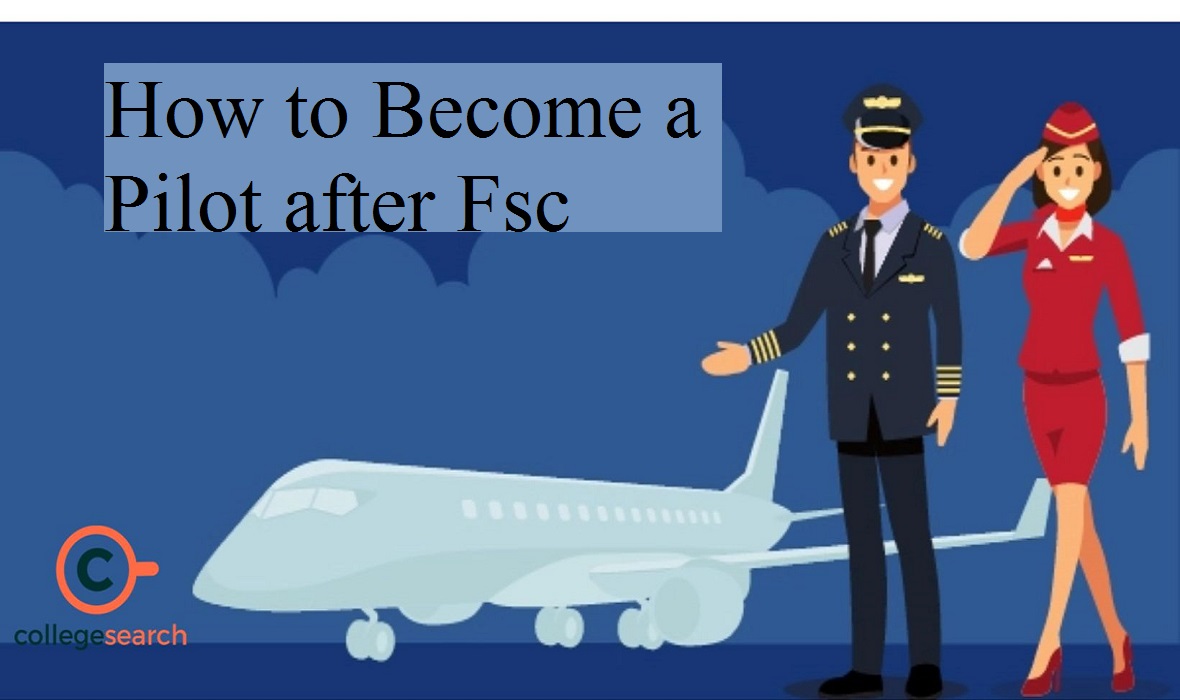Hey there, future pilots! Have you completed your FSC and are now dreaming of taking to the skies? Well, buckle up because I’ve got a simple guide to help you navigate the path to becoming a pilot. Let’s soar together!
1. Explore Your Options: After finishing your FSC, you have several paths to becoming a pilot. You can join the air force, pursue commercial aviation, or enroll in a flight school. Decide which route best suits your aspirations.
2. Research Requirements: Different paths have different requirements. For example, joining the air force may require you to meet certain age, educational, and physical fitness criteria. Research thoroughly to understand what’s needed for your chosen path.
3. Enroll in a Flight School: If you’re interested in becoming a commercial pilot, enrolling in a flight school is a great option. Look for reputable flight schools that offer comprehensive training programs. They’ll provide you with the knowledge and skills needed to earn your pilot’s license.
4. Obtain a Medical Certificate: Regardless of the path you choose, you’ll need to obtain a medical certificate from an aviation medical examiner. This certificate ensures that you’re physically fit to fly an aircraft.
5. Gain Flying Experience: Whether you’re training through the air force or a flight school, gaining flying experience is crucial. You’ll log hours in the air, practicing maneuvers, navigation, and emergency procedures under the guidance of experienced instructors.
6. Pass Exams and Tests: Throughout your training, you’ll need to pass various exams and tests. These may include written exams on aviation theory, practical flight tests with an examiner, and check rides with instructors to assess your skills.
7. Earn Your License: Once you’ve completed your training and passed all the necessary exams, you’ll earn your pilot’s license. This is your ticket to take command of an aircraft and fly solo or with passengers.
8. Continue Learning and Growing: Becoming a pilot is just the beginning of your journey. Aviation is a dynamic field, and there’s always something new to learn. Stay curious, continue your education, and pursue opportunities for advancement in your career.
9. Consider Specializations: As you gain experience, you may choose to specialize in a particular type of aircraft or aviation role. Whether it’s flying commercial jets, helicopters, or becoming a flight instructor, there are endless possibilities to explore.
10. Follow Your Passion: Above all, follow your passion for flying. Becoming a pilot is a challenging but incredibly rewarding journey. Embrace the adventure, overcome obstacles with determination, and never lose sight of the skyward path that led you to pursue your dreams.
So, there you have it—your roadmap to becoming a pilot after FSC. Remember, the sky’s the limit, and with dedication and perseverance, you can make your dreams of flight a reality. Safe travels and blue skies ahead, future aviators!



